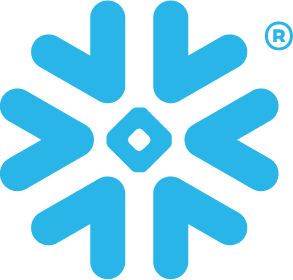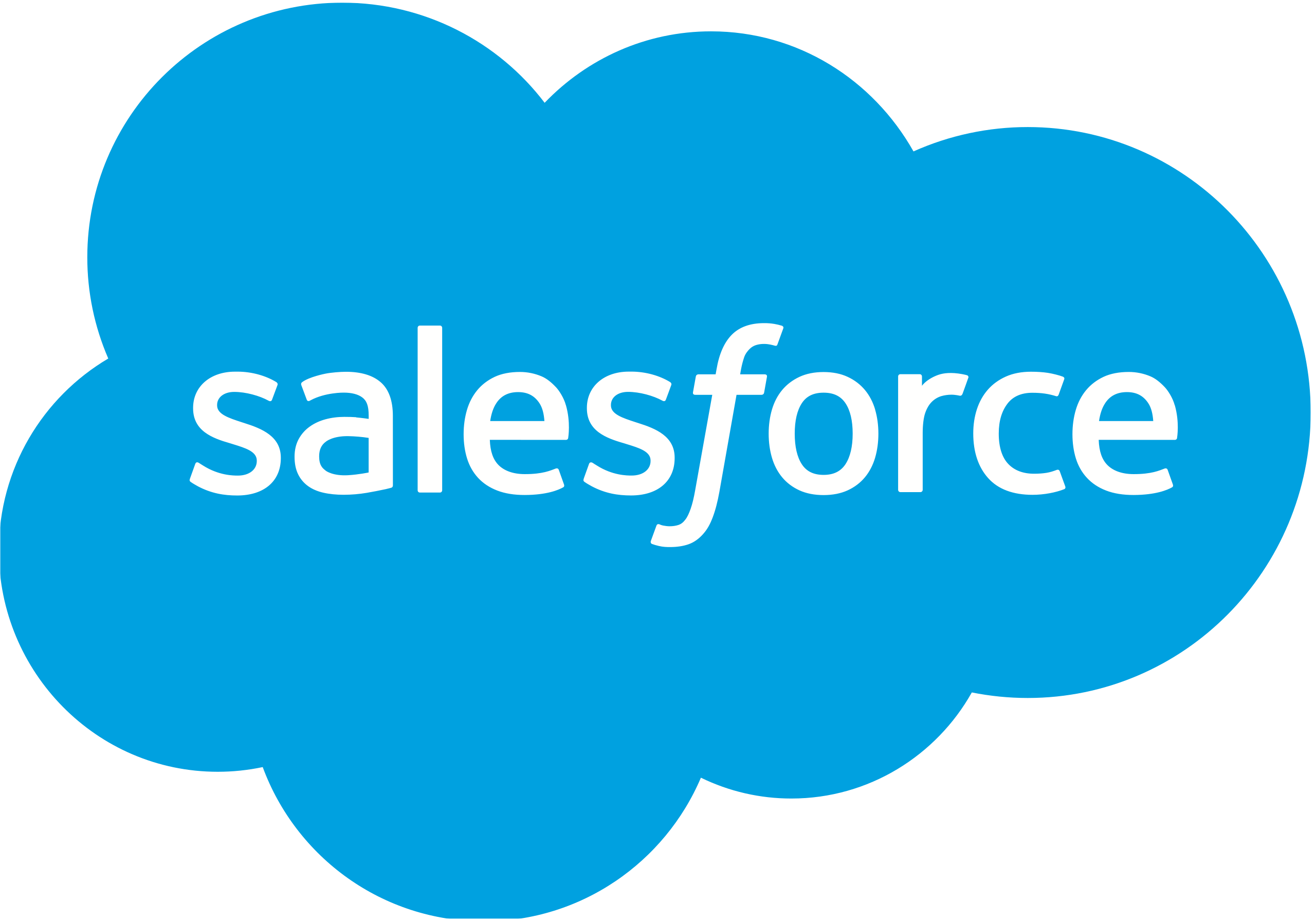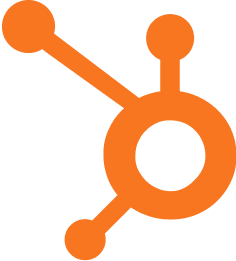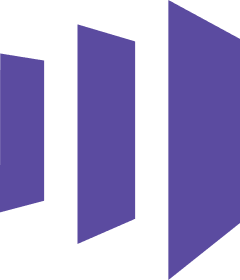Revenue Optimization: Maximizing Business Profits
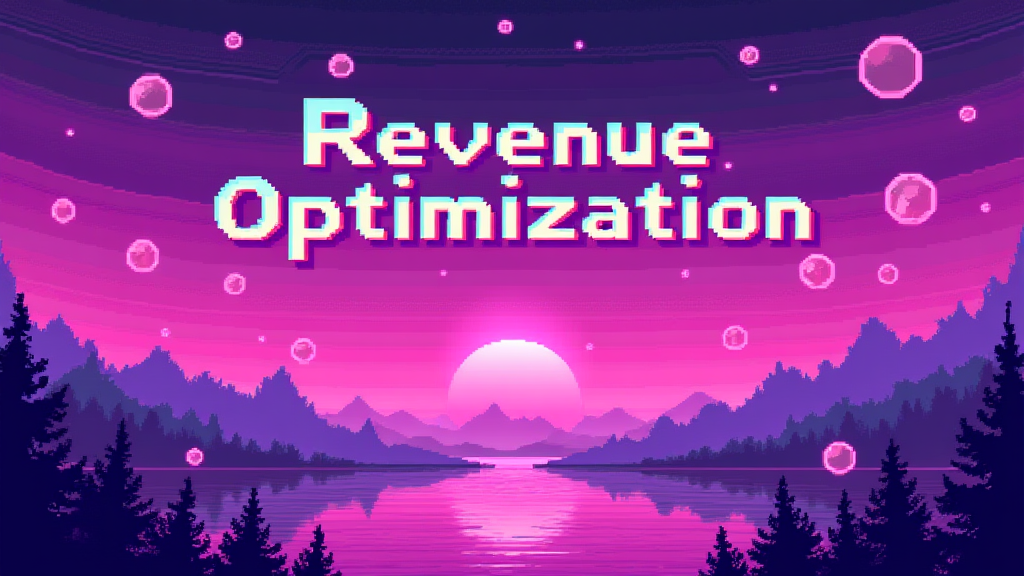
Published on: October 01, 2024
Revenue Optimization is a strategic approach to maximizing a company's financial performance by leveraging data-driven insights, advanced analytics, and innovative pricing strategies. This comprehensive process aims to increase revenue, improve profitability, and enhance overall business growth. 💹
Understanding Revenue Optimization
At its core, revenue optimization involves analyzing various factors that impact a company's income and implementing strategies to maximize returns. These factors may include:
- Pricing strategies
- Customer segmentation
- Demand forecasting
- Inventory management
- Sales channel optimization
By focusing on these elements, businesses can identify opportunities to increase revenue and streamline operations for better financial outcomes.
The Revenue Optimization Cycle
The revenue optimization process is ongoing and cyclical, consisting of several key stages:
- Data Collection: Gathering relevant information from various sources
- Analysis: Interpreting data to identify trends and opportunities
- Strategy Development: Creating actionable plans based on insights
- Implementation: Executing strategies across different business areas
- Monitoring: Tracking performance and measuring results
- Refinement: Adjusting strategies based on outcomes
This continuous cycle ensures that revenue optimization efforts remain effective and adaptable to changing market conditions. 🔄
Key Components of Revenue Optimization
1. Pricing Optimization
Pricing optimization involves setting the right prices for products or services to maximize revenue. This may include:
- Dynamic pricing
- Price elasticity analysis
- Competitive pricing strategies
- Value-based pricing
2. Customer Segmentation
Effective customer segmentation allows businesses to tailor their offerings and marketing strategies to specific groups, improving conversion rates and customer lifetime value. 🎯
3. Demand Forecasting
Accurate demand forecasting helps companies optimize inventory levels, reduce waste, and ensure product availability during peak periods.
4. Channel Optimization
Analyzing and optimizing sales channels helps businesses focus on the most profitable avenues for revenue generation.
Benefits of Revenue Optimization
Implementing a robust revenue optimization strategy can lead to numerous benefits:
- Increased profitability
- Improved cash flow
- Enhanced customer satisfaction
- Better resource allocation
- Competitive advantage in the market
Revenue Optimization in Practice
Let's look at a practical example of revenue optimization in action:
| Industry | Strategy | Result |
|---|---|---|
| Hotel | Implemented dynamic pricing based on demand forecasts | 15% increase in revenue per available room |
| E-commerce | Personalized product recommendations using AI | 10% increase in average order value |
| Airline | Optimized seat pricing based on historical data | 8% increase in overall revenue |
Challenges in Revenue Optimization
While revenue optimization offers significant benefits, it also comes with challenges:
- Data quality and integration issues
- Balancing short-term gains with long-term customer relationships
- Keeping up with rapidly changing market conditions
- Aligning different departments towards common revenue goals
The Future of Revenue Optimization
As technology continues to advance, revenue optimization strategies are evolving. Future trends include:
- Increased use of artificial intelligence and machine learning
- Real-time pricing adjustments
- Predictive analytics for more accurate forecasting
- Integration of revenue optimization across all business functions
By staying ahead of these trends, businesses can position themselves for sustained growth and profitability. 🚀
Implementing Revenue Optimization in Your Business
To get started with revenue optimization, consider asking yourself these questions:
- Do we have access to quality data across all relevant business areas?
- Are our pricing strategies aligned with market demand and customer value?
- How can we improve our demand forecasting accuracy?
- Are we effectively segmenting our customers for targeted strategies?
- What tools or technologies can we implement to support our revenue optimization efforts?
By addressing these questions, you can begin to develop a comprehensive revenue optimization strategy tailored to your business needs and goals. 💡
For more insights, check out our articles on revenue operations and revenue attribution.
